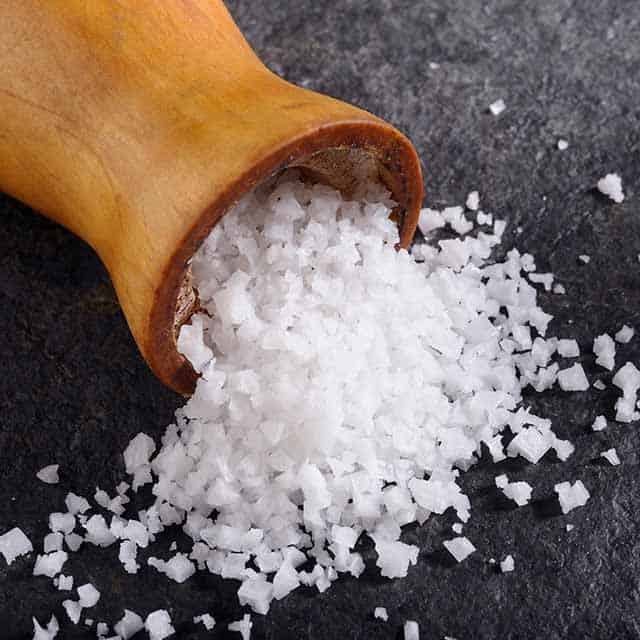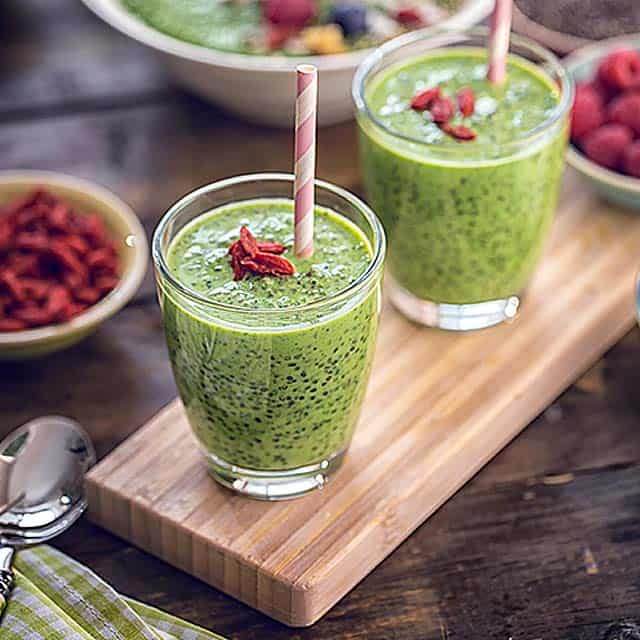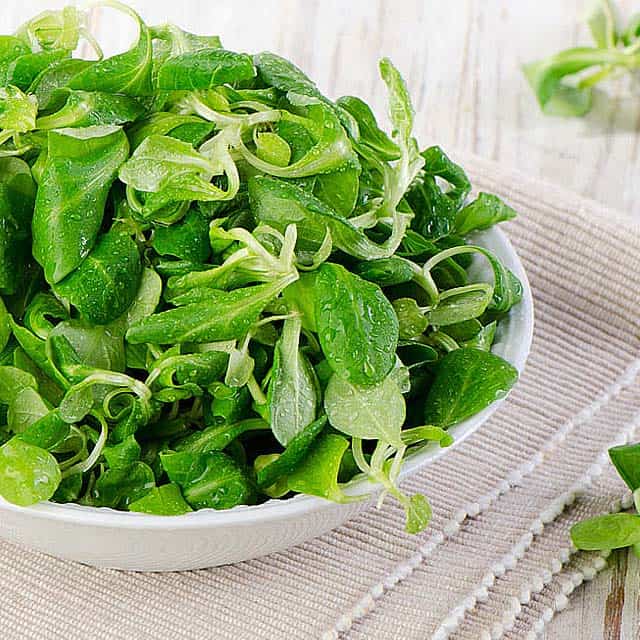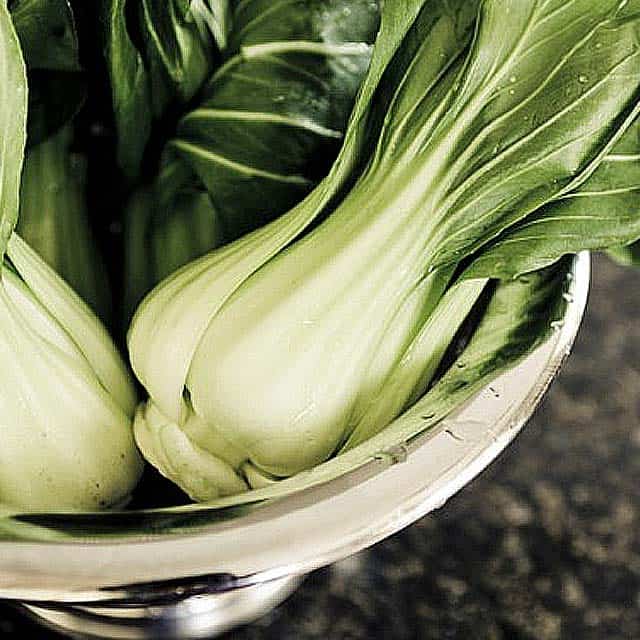For years, soy milk was the go-to alternative to dairy milk. These days you can find a great diversity of milks made from sources ranging from nuts, to rice and hemp. But what do these milk alternatives really taste like? We were curious, and decided to hold a tasting party (staff meeting) and invited the most discerning of palates (the entire Sprouts marketing department). We swished, sniffed and sipped seven unique “milks,” noting what we liked best and what we would consider doing with each.

There are many reasons that you might seek a milk alternative. Perhaps you are lactose intolerant or vegan. You might be looking to add a unique flavor to a recipe. Or maybe you are just curious about all the different options. The task of choosing the right dairy substitute can be daunting: the shelves are filled with choices, and many are made from surprising sources. So we commandeered a recent staff meeting to help you discover some “udderly” different milk choices.
We kept things simple by sampling only shelf-stable products in plain or original flavors from a variety of different brands. Participants were asked to consider taste, color, consistency and versatility. We found the experience enlightening and some participants even discovered a new favorite beverage.
Almond Milk
Brand: Blue Diamond Almond Breeze Original
Calories per 1 cup serving: 60
Taste: Strong almond taste, lightly sweet notes
Appearance: Pale tan color, thin consistency
Nutrients: Antioxidants, vitamin E, calcium
We’d use it in: Smoothies, baking, cooking
Other flavors: Unsweetened, Vanilla, Chocolate
Most colorful reviewer comment: “You have to have really small hands to milk an almond.”
Coconut Milk
Brand: So Delicious Sugar-Free Original
Calories per 1 cup serving: 45
Taste: Mild coconut flavor with a faint hint of sweetness
Appearance: Thickest of all the options we tried; white in color; looks like whole milk
Nutrients: Calcium, vitamin D, vitamin B12
We’d use it in: Smoothies, cooking, coffee
Other flavors: Chocolate, Sugar-Free Original, Vanilla, Sugar-Free Vanilla
Most colorful reviewer comment: “Not half bad, but I’m not sure I’d shimmy up a palm tree for it.”
Hazelnut Milk
Brand: Pacific Natural Foods Original
Calories per 1 cup serving: 110
Taste: Sweet and nutty with a very rich hazelnut flavor; one of the favorites among the group
Appearance: Dark tan in color, thin consistency
Nutrients: Calcium, vitamin D, riboflavin (vitamin B2)
We’d use it in: Cooking, baking: the rich taste will lend great flavor to whole-grain and/or high-fiber cereals, especially unsweetened ones
Other flavors: Chocolate
Most colorful reviewer comment: “Liked it a lot, but I kind of wanted it to taste like Nutella. I wonder if the chocolate flavor does. Can we sample that next?”
Hemp Milk
Brand: Living Harvest Tempt Original
Calories per 1 cup serving: 100
Taste: Earthy with mild grassy notes
Appearance: Tannish-yellow color, thin consistency
Nutrients: Calcium, vitamin B12, vitamin D, iron, omega-3 fatty acids
We’d use it in: Cereal
Other flavors: Chocolate, Vanilla
Most colorful reviewer comment: “Whoa!”
Oat Milk
Brand: Pacific Natural Foods Low-Fat Original
Calories per 1 cup serving: 130
Taste: Very reminiscent of a bowl of oatmeal, sweet with a vague hint of cinnamon; a favorite among the tasters
Appearance: Medium tan in color, thin consistency
Nutrients: Calcium, vitamin D, riboflavin (vitamin B2)
We’d use it in: Baking, cooking, cereal, to dunk cookies in (especially oatmeal cookies) and even drink on its own
Other flavors: Low-Fat Vanilla
Most colorful reviewer comment: “Wasn’t expecting to enjoy this, but it was like sipping the liquid out of the bottom of a bowl of oatmeal. Only smoother.”
Rice Milk Drink
Brand: Rice Dream Original Enriched
Calories per 1 cup serving: 120
Taste: Very mild in taste, neutral flavor; reminded tasters of skim milk
Appearance: Opaque white, looks like non-fat milk; thin in consistency
Nutrients: Enriched with Vitamins A, D, B12 and calcium
We’d use it in: Cereal, coffee, smoothies, cooking
Other flavors: Chocolate Enriched, Vanilla Enriched
Most colorful reviewer comment: “If you put some sugar and cinnamon in this it would taste just like the horchata my nana used to make.”
Soy Milk
Brand: West Soy Low-Fat Plain
Calories per 1 cup serving: 90
Taste: Neutral and versatile flavor; not at all sweet
Appearance: Tan in color; looks like iced coffee with cream; thin in consistency
Nutrients: Calcium and vitamin D
We’d use it in: Cereal, coffee, smoothies
Other flavors: Low-Fat Vanilla
Most colorful reviewer comment: “The color on this was darker than the others so I thought it might taste like milk with a drop of soy sauce in it. But it was surprisingly mild.”
 Salt is one of the oldest and most commonly used seasonings around the globe. It takes foods from bland to brilliant. It makes our bodies function and thrive. It’s abundant and inexpensive, but it’s also overused.
The recommended daily allowance (RDA) of sodium for the average adult is 2,360 milligrams, though the Center for Disease Control and Prevention (CDC) recommends no more than 1,500 milligrams.
Sounds like a lot—but don’t be fooled. Those numbers equal about one teaspoon of salt (or less) for the entire day, and there is sodium in pretty much everything we eat. In fact, 80 percent of the sodium we get comes not from the shaker on the table, but from the foods we eat. Currently, American adults are consuming more than 4,000 milligrams per day, due in large part to the presence of so many processed foods in our diets. The second biggest culprit of sodium overload is the food served in restaurants.
Sodium, however, is vital for a healthy body. It helps maintain water balance and pH levels and enables cells to draw in nutrients. Excessive sweating can lead to salt cravings as an indication of a loss of sodium, dehydration, and/or an electrolyte imbalance. (Be sure to hydrate sufficiently before, during, and after rigorous workouts.)
In excessive amounts, salt can be dangerous to your health. It can contribute to hypertension, heart disease, and may cause the body to retain too much water. To help avoid excess sodium in your diet, dieticians and doctors suggest caution when adding salt to your foods. Instead use herbs and salt-free seasonings to flavor your foods. If you must add salt, do so sparingly; a little goes a long way.
At Sprouts, we offer many minimally processed foods, but even natural food products can go overboard with the sodium. So be sure to read labels and understand the terminology:
Salt is one of the oldest and most commonly used seasonings around the globe. It takes foods from bland to brilliant. It makes our bodies function and thrive. It’s abundant and inexpensive, but it’s also overused.
The recommended daily allowance (RDA) of sodium for the average adult is 2,360 milligrams, though the Center for Disease Control and Prevention (CDC) recommends no more than 1,500 milligrams.
Sounds like a lot—but don’t be fooled. Those numbers equal about one teaspoon of salt (or less) for the entire day, and there is sodium in pretty much everything we eat. In fact, 80 percent of the sodium we get comes not from the shaker on the table, but from the foods we eat. Currently, American adults are consuming more than 4,000 milligrams per day, due in large part to the presence of so many processed foods in our diets. The second biggest culprit of sodium overload is the food served in restaurants.
Sodium, however, is vital for a healthy body. It helps maintain water balance and pH levels and enables cells to draw in nutrients. Excessive sweating can lead to salt cravings as an indication of a loss of sodium, dehydration, and/or an electrolyte imbalance. (Be sure to hydrate sufficiently before, during, and after rigorous workouts.)
In excessive amounts, salt can be dangerous to your health. It can contribute to hypertension, heart disease, and may cause the body to retain too much water. To help avoid excess sodium in your diet, dieticians and doctors suggest caution when adding salt to your foods. Instead use herbs and salt-free seasonings to flavor your foods. If you must add salt, do so sparingly; a little goes a long way.
At Sprouts, we offer many minimally processed foods, but even natural food products can go overboard with the sodium. So be sure to read labels and understand the terminology:

























 There are many reasons that you might seek a milk alternative. Perhaps you are lactose intolerant or vegan. You might be looking to add a unique flavor to a recipe. Or maybe you are just curious about all the different options. The task of choosing the right dairy substitute can be daunting: the shelves are filled with choices, and many are made from surprising sources. So we commandeered a recent staff meeting to help you discover some “udderly” different milk choices.
We kept things simple by sampling only shelf-stable products in plain or original flavors from a variety of different brands. Participants were asked to consider taste, color, consistency and versatility. We found the experience enlightening and some participants even discovered a new favorite beverage.
There are many reasons that you might seek a milk alternative. Perhaps you are lactose intolerant or vegan. You might be looking to add a unique flavor to a recipe. Or maybe you are just curious about all the different options. The task of choosing the right dairy substitute can be daunting: the shelves are filled with choices, and many are made from surprising sources. So we commandeered a recent staff meeting to help you discover some “udderly” different milk choices.
We kept things simple by sampling only shelf-stable products in plain or original flavors from a variety of different brands. Participants were asked to consider taste, color, consistency and versatility. We found the experience enlightening and some participants even discovered a new favorite beverage.
 When you see a grass-fed label on your meat and dairy products, you can be sure that the animals were pasture/range raised and fed a diet of 100% forage. Since the animals roam on green pastures, they graze on protein-rich grasses rather than grains. This helps enhance the taste and nutritional value.
When you see a grass-fed label on your meat and dairy products, you can be sure that the animals were pasture/range raised and fed a diet of 100% forage. Since the animals roam on green pastures, they graze on protein-rich grasses rather than grains. This helps enhance the taste and nutritional value.

 One of the most popular herbs in America today, this perennial plant has been used by Native Americans for more than 400 years as a general tonic and to ease the discomfort of infections and wounds. There are two species of echinacea commonly used for medicinal purposes today: Echinacea angustifolia and Echinacea purpurea.
One of the most popular herbs in America today, this perennial plant has been used by Native Americans for more than 400 years as a general tonic and to ease the discomfort of infections and wounds. There are two species of echinacea commonly used for medicinal purposes today: Echinacea angustifolia and Echinacea purpurea.
 Great news for chocolate lovers! Cacao nibs, which are chocolate in their purest form, are full of both antioxidants and flavonoids. Cacao also stimulates the brain, triggering the release of phenylethylamine, a neurotransmitter commonly referred to as “the love drug,” which elicits feelings of contentment and alertness. There might be a reason for our chocolate love affair after all.
Great news for chocolate lovers! Cacao nibs, which are chocolate in their purest form, are full of both antioxidants and flavonoids. Cacao also stimulates the brain, triggering the release of phenylethylamine, a neurotransmitter commonly referred to as “the love drug,” which elicits feelings of contentment and alertness. There might be a reason for our chocolate love affair after all.

